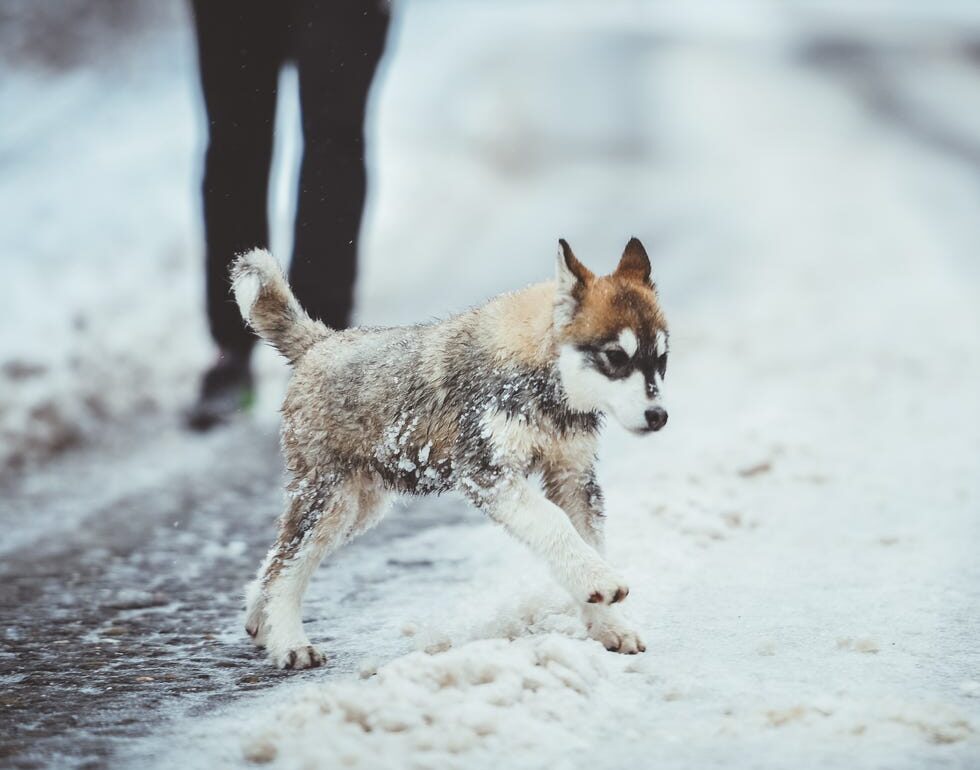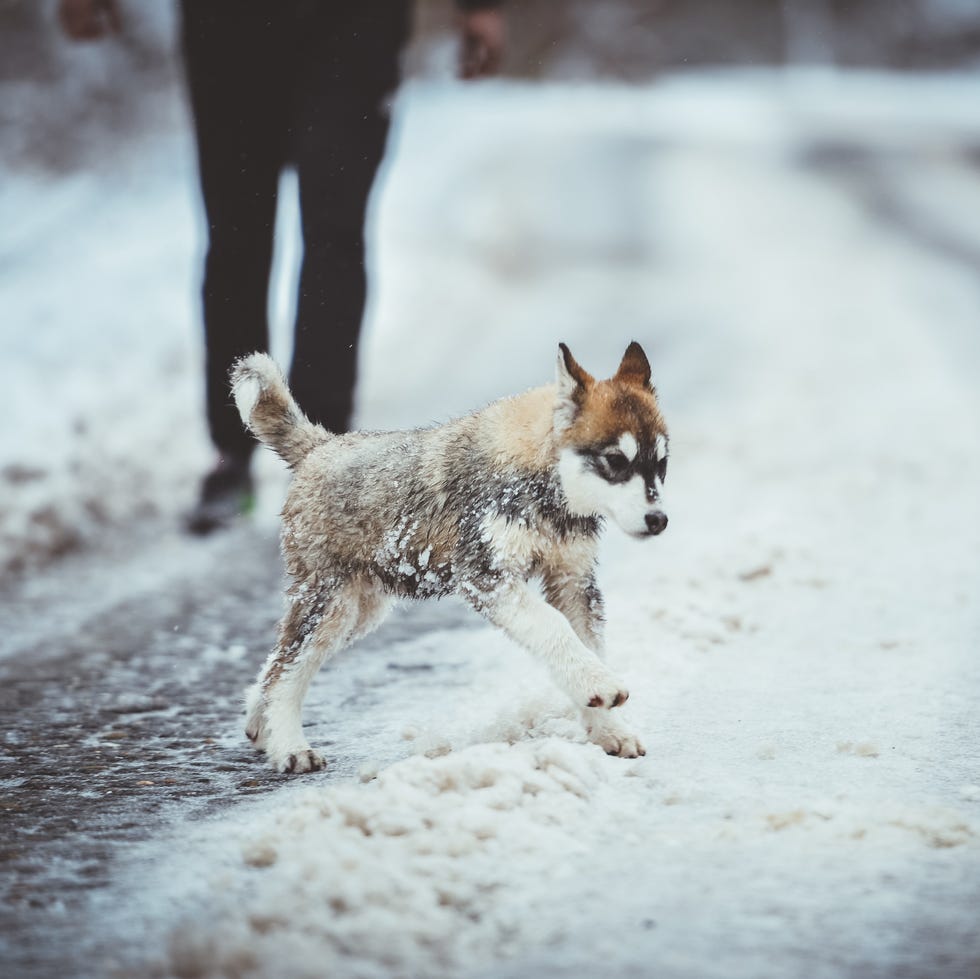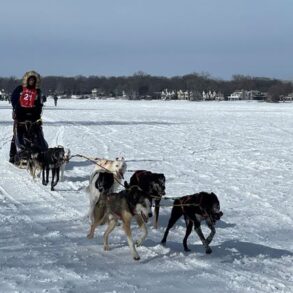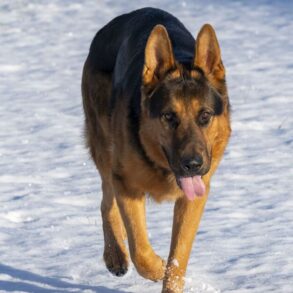Like humans, dogs can get frostbite. Despite their fluffy layer of fur, dogs exposed to freezing temperatures can develop frostbite on their paws, ears and tail.
With 2025 off to a snowy start and warnings in place for dog owners, it’s important to follow key preventative steps to keep your pet safe.
“Frostbite occurs when a dog’s skin and underlying tissues freeze, due to prolonged exposure to extremely cold temperatures. It most commonly affects areas with less fur or fat,” says Sean McCormack, head vet at Tails.com.
Frostbite can occur in as little as 15 minutes, with swelling and blisters among the common signs. If you spot any of these, you should get your dog to a warm and safe location immediately.
“Use lukewarm water (not hot) to gently warm the affected area. Avoid direct heat sources like hairdryers; do not rub or massage your dog, as rubbing can damage frozen tissues,” says Sean.
“Once warmed up, you should seek veterinary assistance as soon as possible because even if symptoms seem mild, frostbite requires professional care.”
6 warning signs of frostbite in dogs
- Pale or greyish skin
- Cold and hard skin
- Swelling
- Blisters or ulcers
- Pain or sensitivity
- Blackened skin
Similarly to frostbite, dogs can also suffer from hypothermia when their body temperature drops below normal due to prolonged exposure to cold weather. This is more common in short-haired and older breeds.
Signs of hypothermia in dogs include shivering (mild hypothermia), intense shivering that won’t stop, slowed breathing, clumsiness, and pale gums (moderate hypothermia). For severe hypothermia in dogs, look out for stiffness and muscle weakness, dilated pupils or difficulty breathing, and unconsciousness.
“If your dog is suffering from hypothermia, you should initially start by wrapping them up in warm blankets or towels.
“You can use heating pads or bottles wrapped in a cloth to warm the body, focusing on the chest and abdomen,” says Sean.
“If your dog is conscious, provide lukewarm water to drink. While waiting for veterinary assistance, you should be consistently monitoring their temperature; a dog’s normal temperature is 101–102.5°F (38.3–39.2°C). If it drops below 99°F (37°C), it’s a medical emergency.”
Deputy Daily Editor, Country Living and House Beautiful
Lisa Joyner is the Deputy Daily Editor at House Beautiful UK and Country Living UK, where she’s busy writing about home and interiors, gardening, dog breeds, pets, health and wellbeing, countryside news, small space inspiration, and the hottest properties on the market. Previously, she has written for Conde Nast Traveller, House & Garden and Marie Claire magazine. Lisa studied at University For The Creative Arts, where she completed a BA in Fashion Journalism.
This post was originally published on this site be sure to check out more of their content.














































